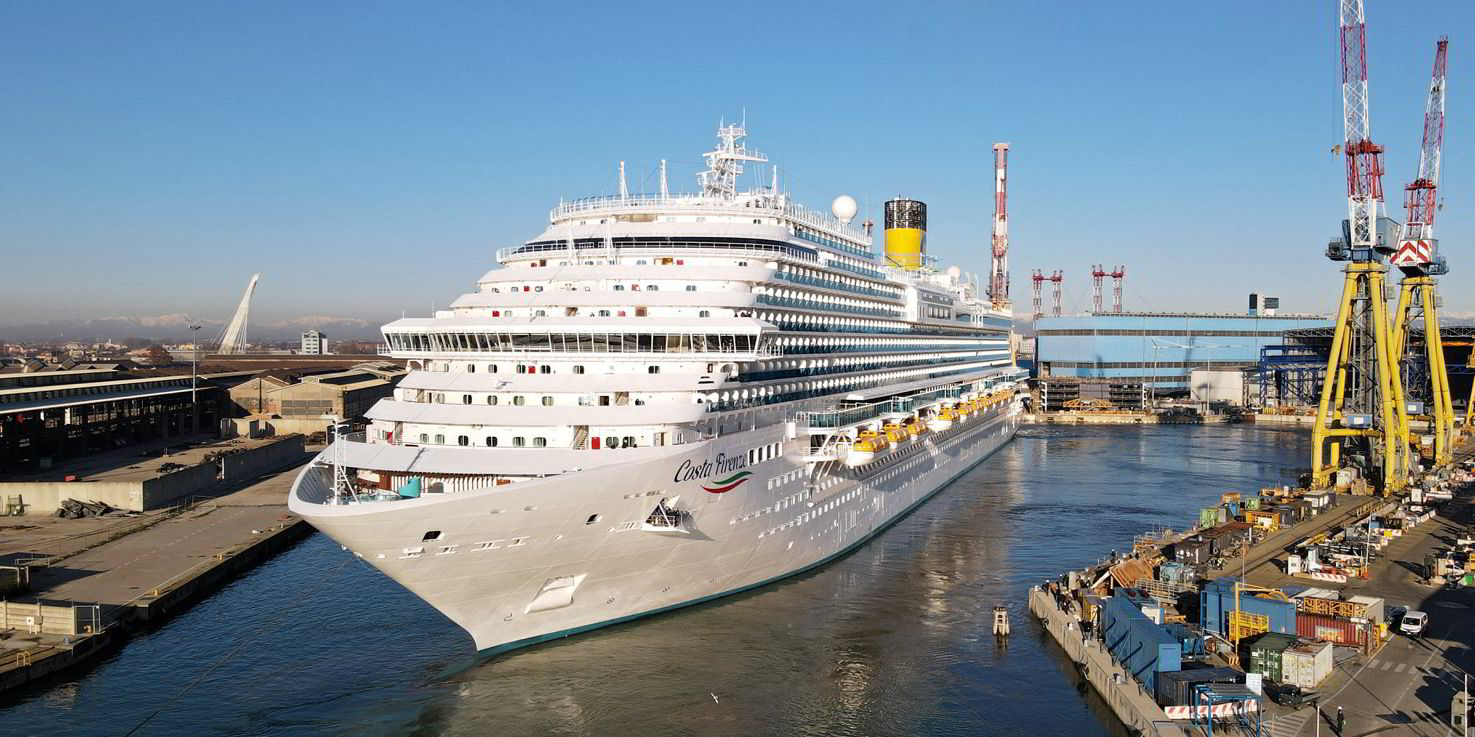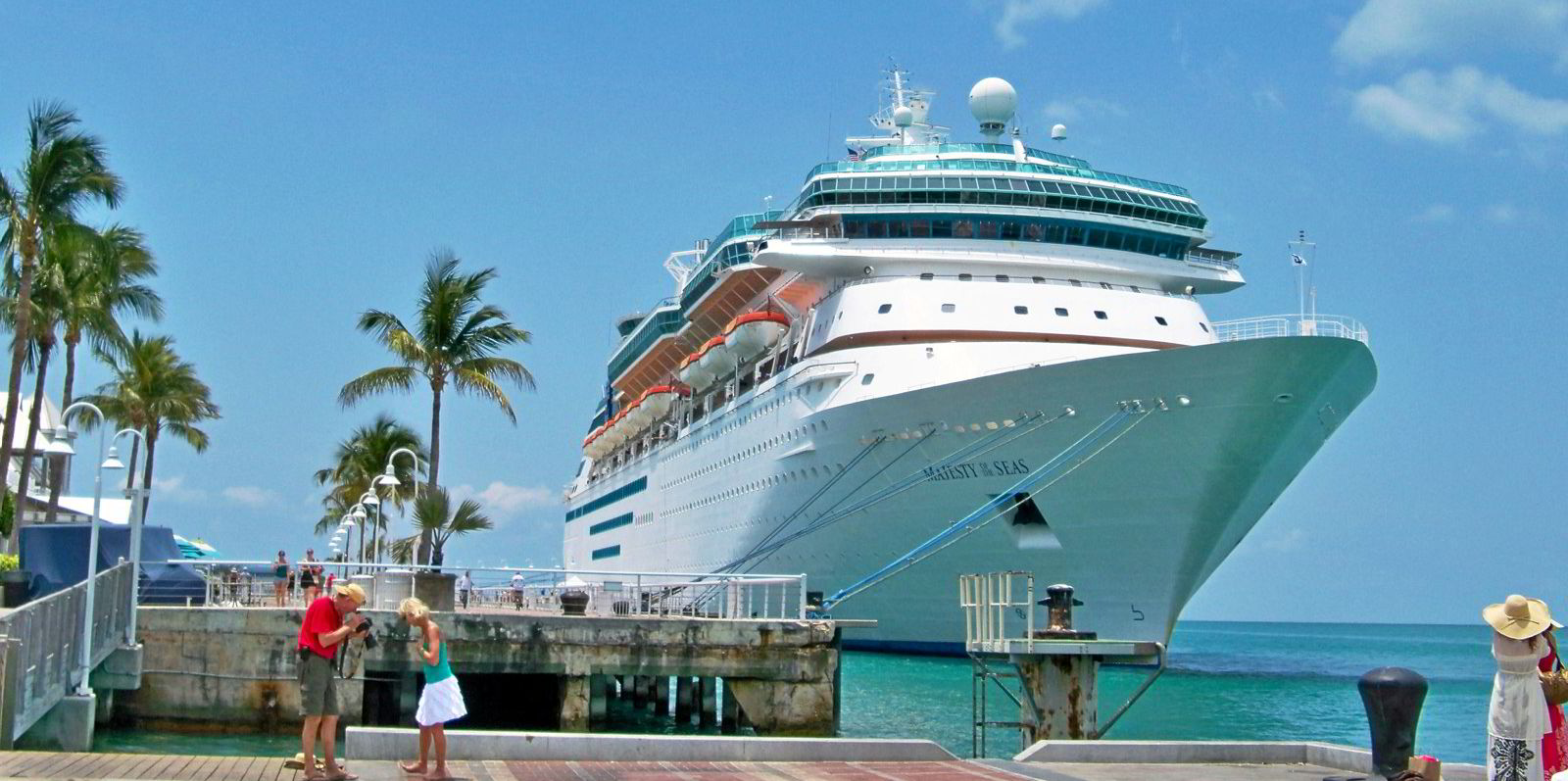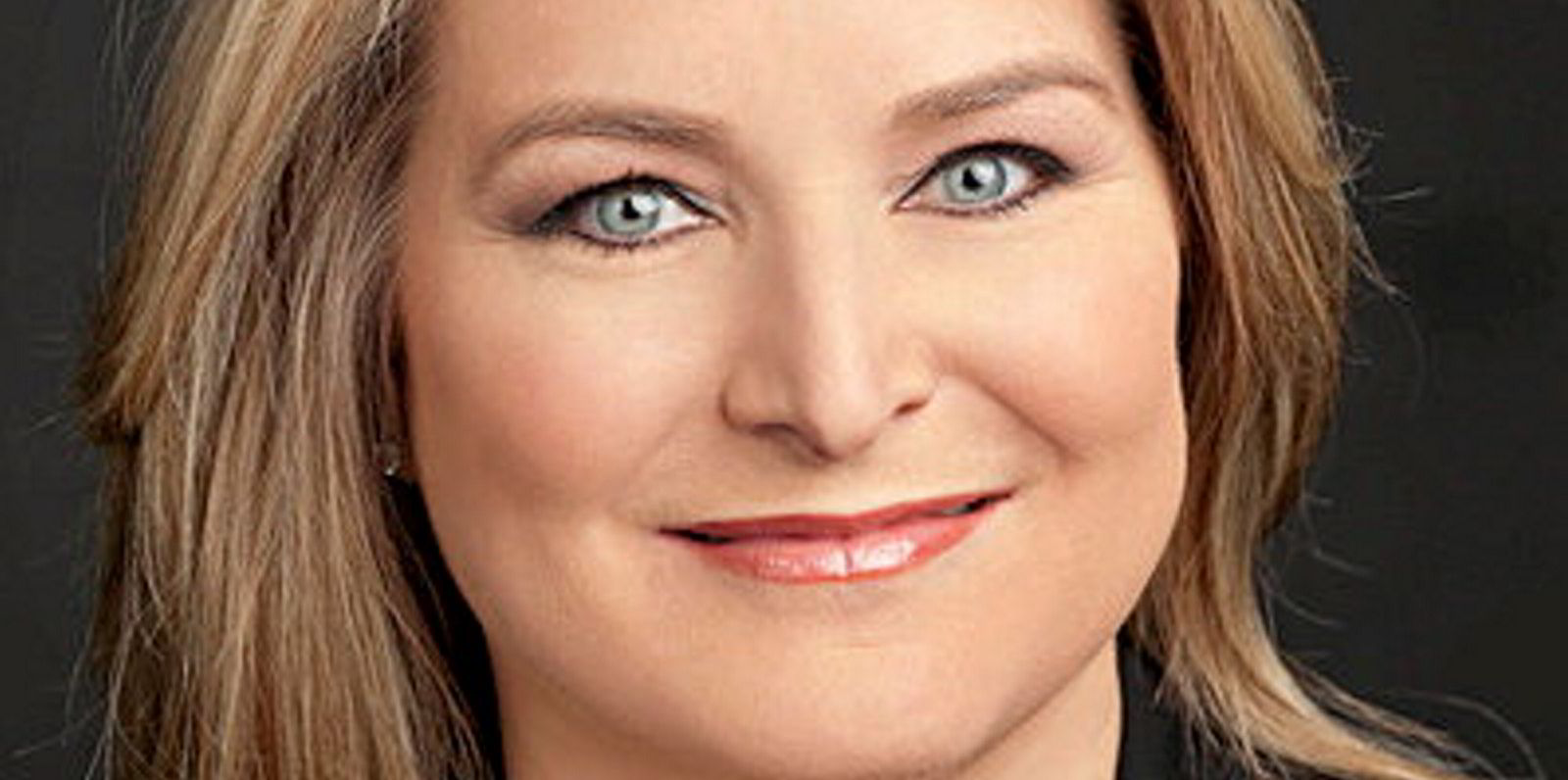2020 should have been a banner year for the cruise industry on the newbuilding front. Instead it turned out to be an unmitigated disaster.
The 22 cruiseships that were originally scheduled for delivery last year were fewer than the 24 delivered in 2019, but included the industry’s first LNG-fuelled vessels, a flurry of new luxury expedition vessels and the ship that was to have launched Richard Branson’s eagerly awaited Virgin Voyages.
Four of the newbuildings saw brief commercial service before Covid-19 shut down the entire industry, but 11 went straight into lay-up. Delivery of the rest was pushed back to 2021.
The 11 ships that went straight into lay-up total 1bn gt, have a capacity of 25,984 berths and cost a combined $6.06bn, according to figures compiled by TradeWinds using announced values and reliable industry estimates.
To put these staggering statistics into perspective, $6.06bn would buy 71 conventional VLCC newbuildings at a reputable South Korean shipyard, based on December broker price quotations.
Although Covid-19 vaccines have gone into production, distribution remains limited and most cruise lines are now looking at an April or May restart.
That means at least 10 more newbuildings due for delivery between now and May will most likely join the 2020 line-up in lay-up.
Most of these are smaller expedition cruiseships costing an estimated $2.7bn in total. They are likely to be inactive for a shorter period, which will help cushion the financial blow to their owners.
Financial blow
Sending newbuildings into prolonged lay-up is a financial catastrophe for any cruise operator.
Beyond some of the cruise majors announcing big loan packages, industry players are tight-lipped about the strategies they have employed to meet the challenge of taking on high-cost assets that have no projected income stream.
They have been especially reluctant to divulge what, if any, debt standstill agreements they have arranged with lenders.
But, according to several well-placed industry insiders, all of the larger operators have reached debt standstill agreements in one form or another.
“I know it is a cliche, but companies such as Carnival, Royal Caribbean, MSC and Genting are just too big to let fail,” one source said.
“We’re talking about companies that are worth billions of dollars. They also have billions of dollars of new ships under construction that have already been financed. No bank wants to suffer the fallout of one of these companies failing. They just have to sit and wait this out.”
While standstill agreements may have reduced loan and interest repayments for cruise lines, they are still forced to cover the costs of keeping ships laid up. As most cruiseships, especially the newbuildings, are being kept in warm lay-up, crewing, maintenance, fuel and insurance costs continue to accrue.
Carnival Corp revealed last year that it was spending about $3m per month to keep its largest ship idle but ready to re-enter service. TradeWinds has been told that this amount is fairly standard across all larger cruiseships.
Positive signs

The sector’s ability to weather storms and bounce back quickly has kept financiers on its side over the past year.
While the shutdown has dragged on for much longer than anyone could have originally anticipated, development of vaccines and the strong belief that the industry will recover relatively fast has led to a more optimistic view on its prospects, according to some insiders.
“We’re basically on life support at the moment but the vaccines have lifted spirits significantly,” said a source at one cruise major.
And paying customers are sending out strong positive signals.
A Cruise Lines International Association (CLIA) study released in late December showed that three-quarters of 32,000 passengers from eight countries said they were "likely to cruise again in the next few years", while two-thirds planned to take a cruise within a year.
That sentiment bodes well for cruise's long-term prospects.
Almost 370 cruiseships belonging to CLIA's 57 passengership owner members, which include Carnival Corp, Royal Caribbean Group and Norwegian Cruise Line Holdings, have been idle since last March.







